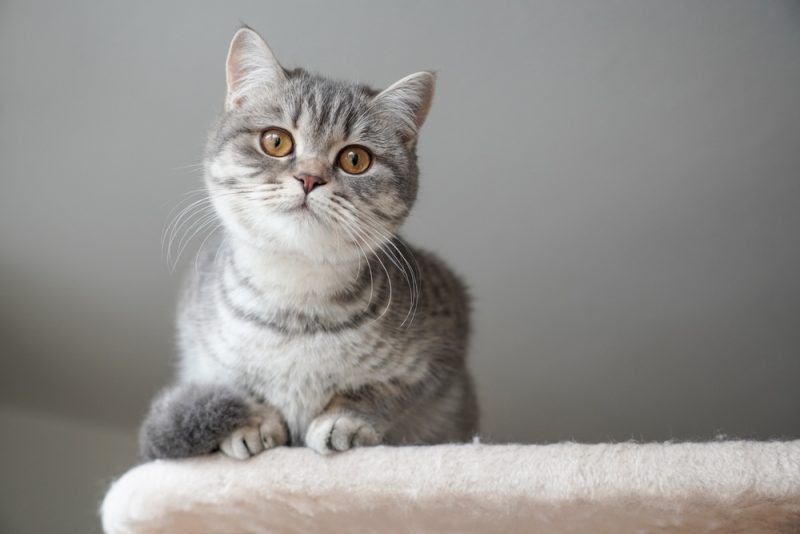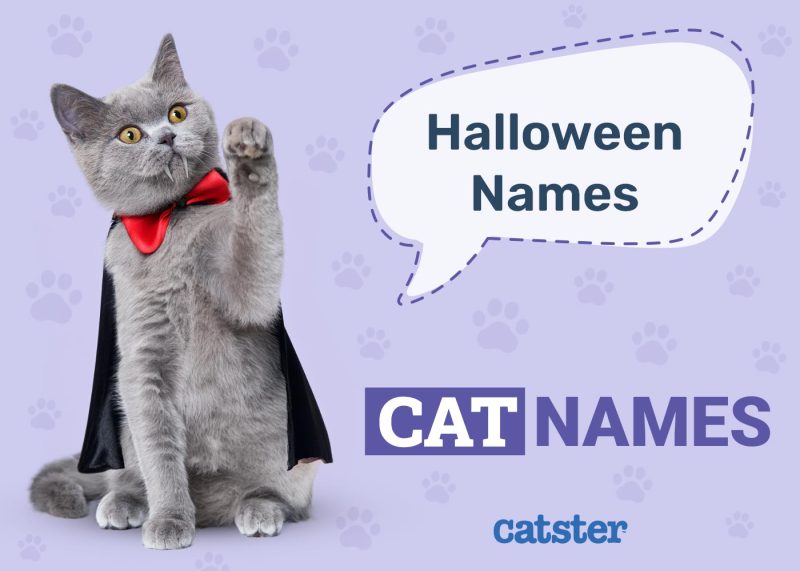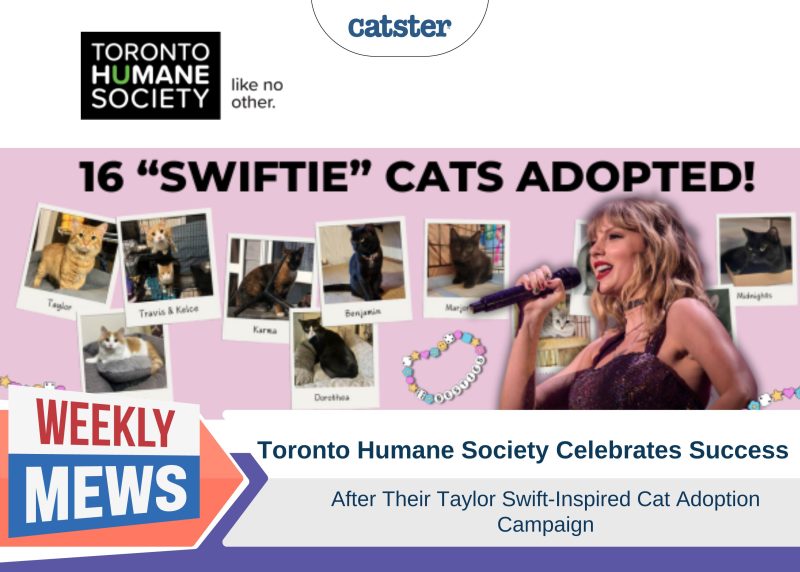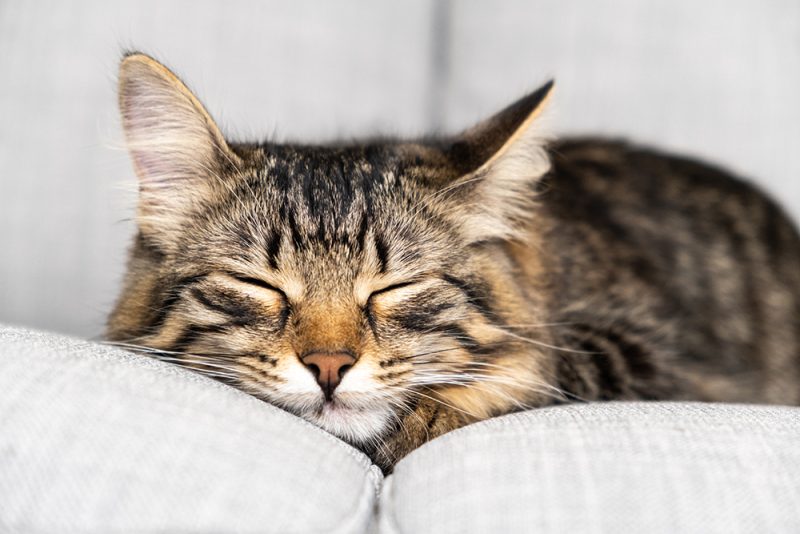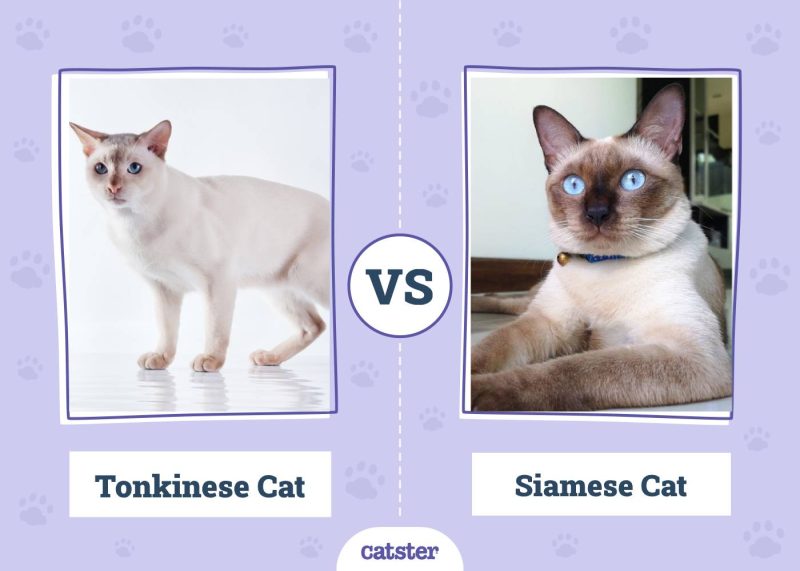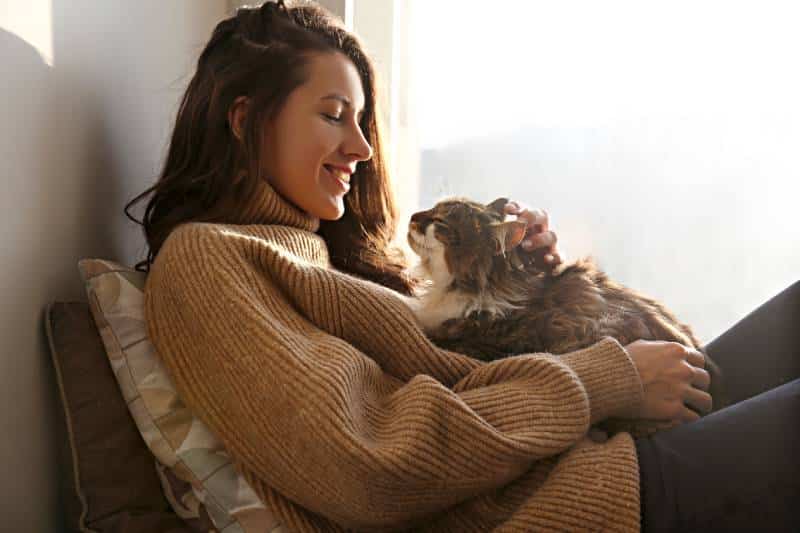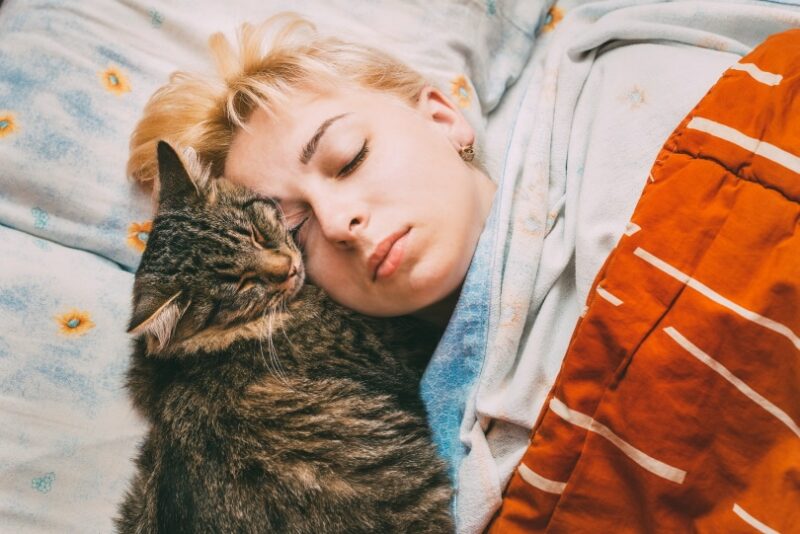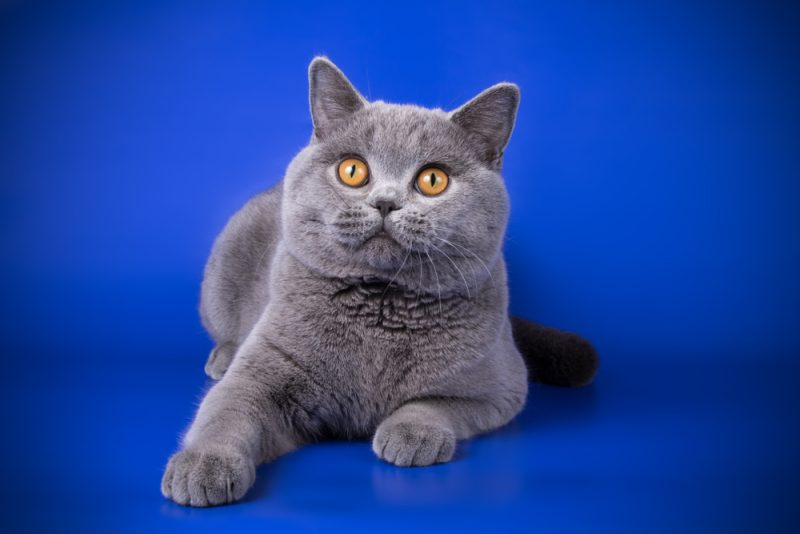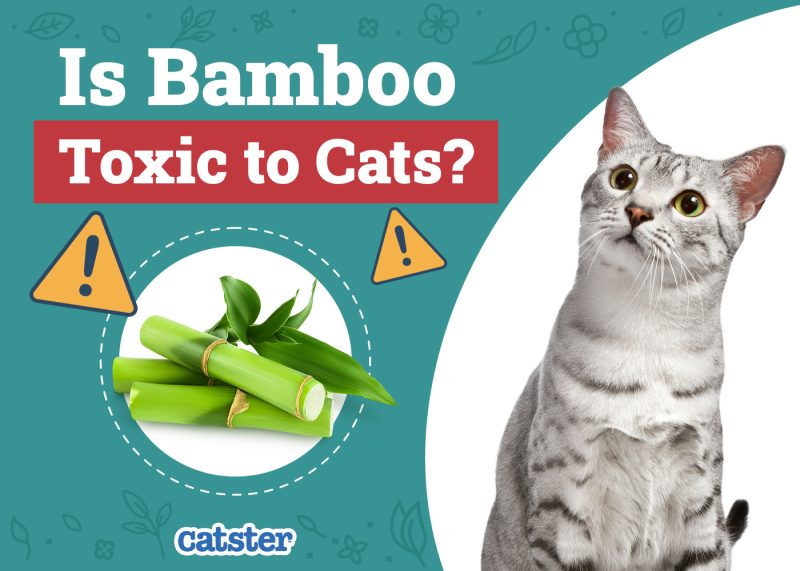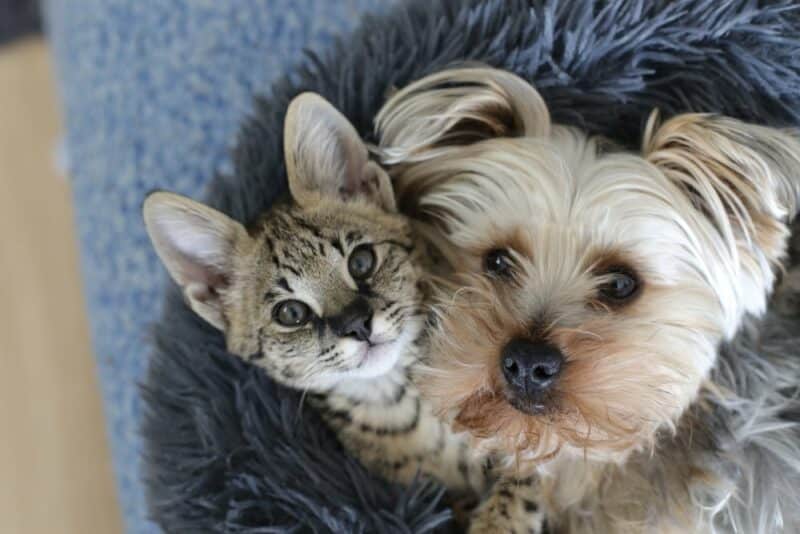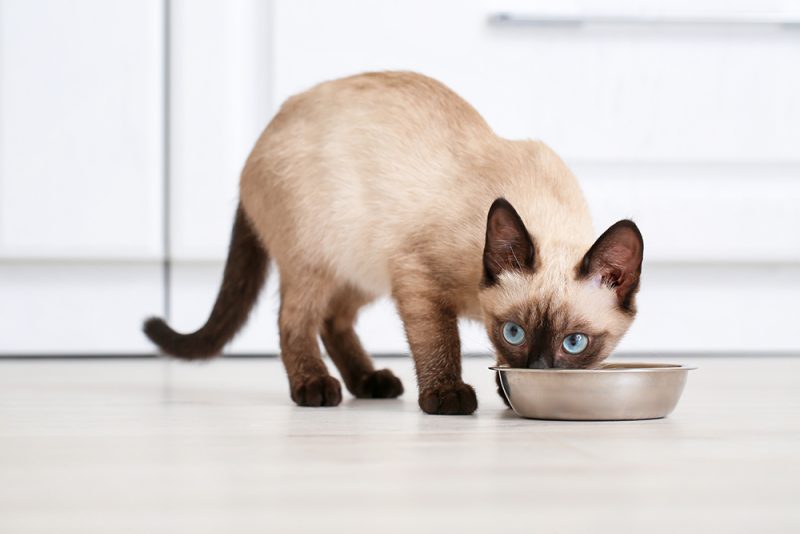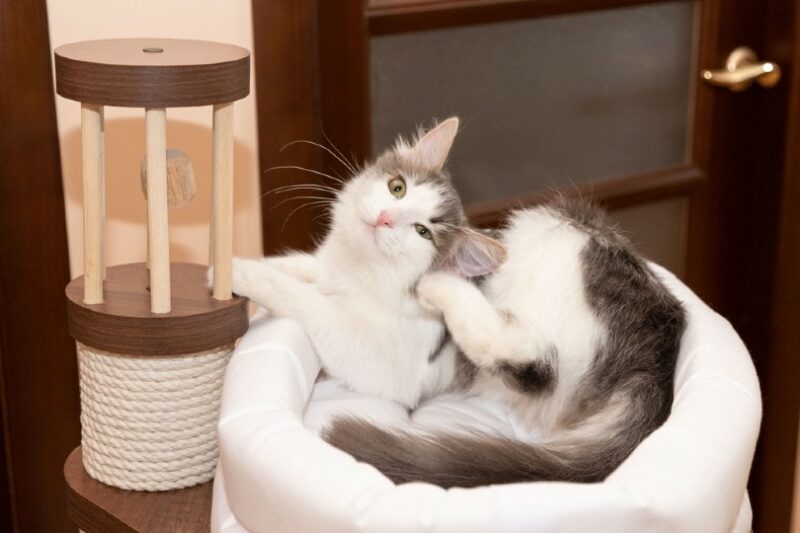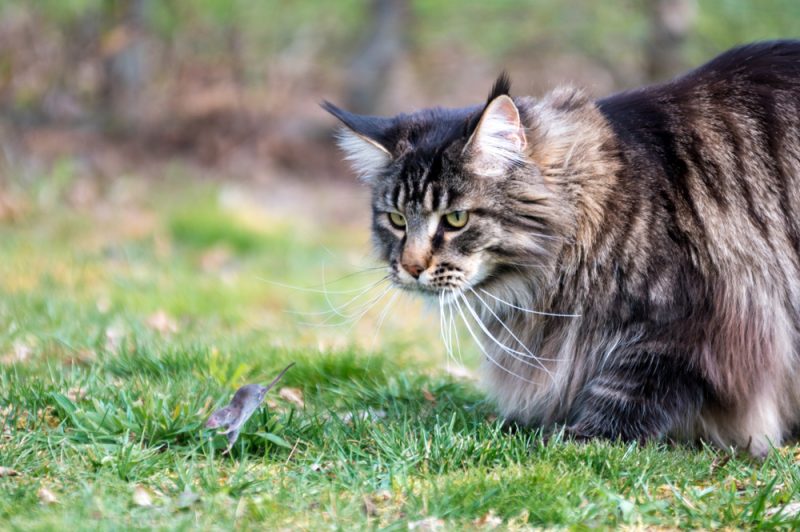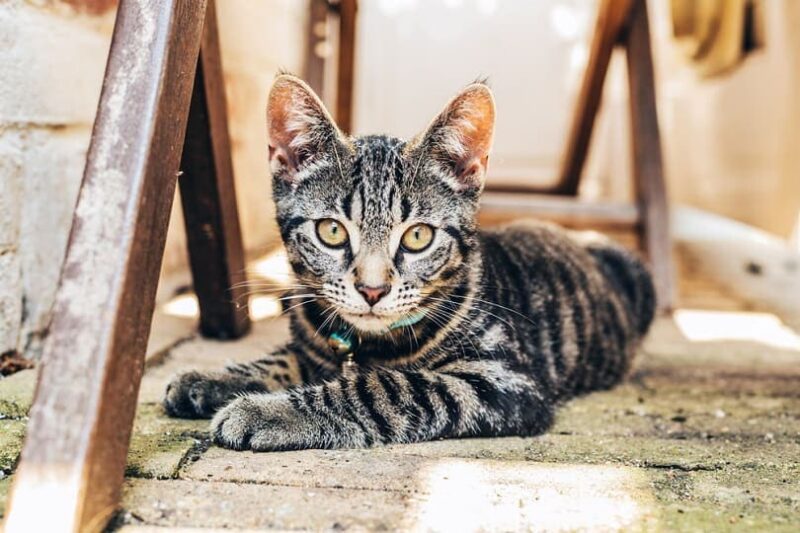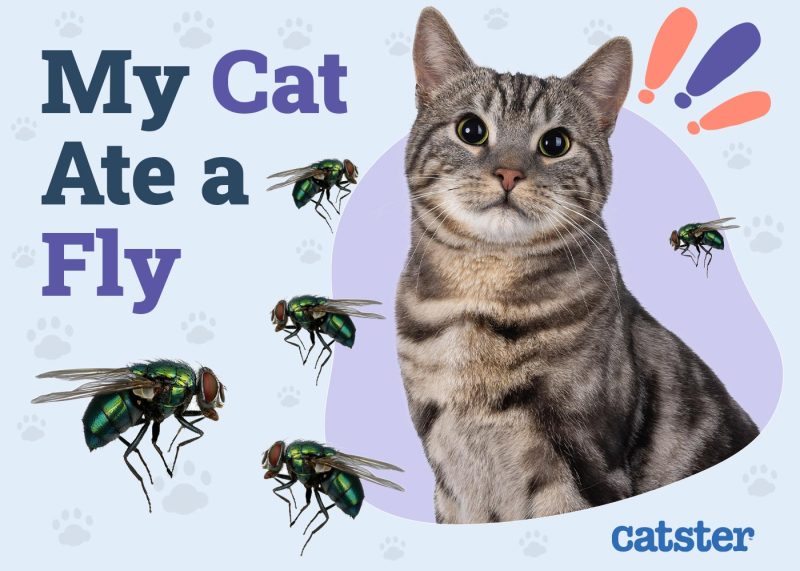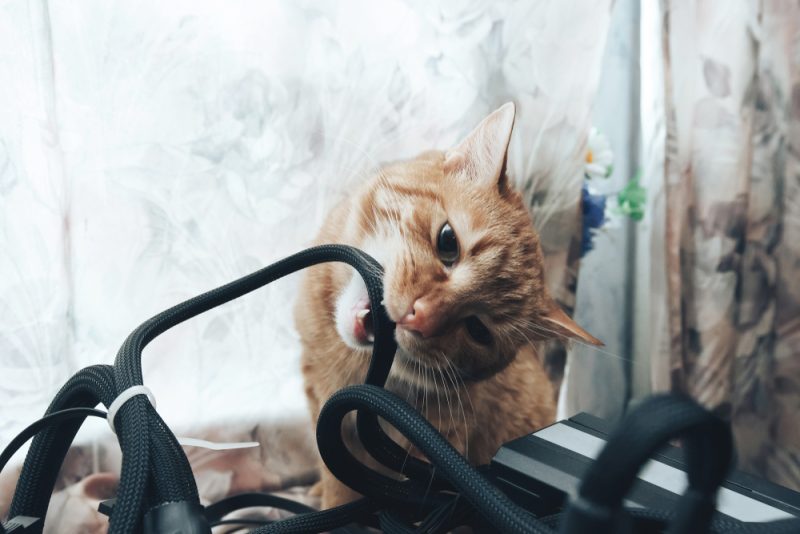British Shorthair tabby cats are some of the most beautiful cats you’ll ever meet. The round faces and soft fur make the British Shorthair a popular cat in the British Isles and around the world. These cats have a rich history in the area dating back to the Roman times, making the British Shorthair one of the oldest breeds around.
Breed Overview
Height:
12 – 14 inches
Weight:
8 – 17 pounds
Lifespan:
12 – 20 years
Colors:
Tabby
Suitable for:
Any family (with or without children and/or other pets) looking for a cat
Temperament:
Independent, relaxed, affectionate
Tabby British Shorthair Cat Characteristics

The Earliest Records of Tabby British Shorthairs in History
In their earliest forms, British Shorthairs were imported by Romans in the 1st-century AD when they settled along the British coast. They were kept in Roman camps, possibly to clear pests and vermin, and they bought these cats with them to their settlements. The imported cats mated with the European cats in the area, which sported the classic tabby markings we see on many cats today. These pairings produced the first tabby British Shorthair cats.
In the 19th century, selective breeding began to refine the breed, focusing on their signature blue coats. However, other coats, including all colors of the tabby marking, were also allowed. By the 1900s, the tabby British Shorthair had made its way to the US. The earliest record of British Shorthairs in the US was a male red tabby, registered as the first of his breed in 1901.
How Tabby British Shorthairs Gained Popularity
When the breed was established in 1870, it immediately began to gain popularity in Britain. The first-ever cat show in London’s Crystal Palace (founded by Harrison Weir) had a British Shorthair win first place and got the breed into the spotlight.
However, during World War I, the breed’s popularity fell out of favor due to the hardships many people suffered. This, together with the advent of long-haired breeds such as the Persian, saw the numbers of British Shorthairs drop to dangerously low levels.
The lovers of the breed worked hard to see it continue, however, and eventually, their popularity regrew. After its recognition of British Shorthairs by both national and international cat-fancy clubs, the Tabby British Shorthair became one of the most popular breeds in the UK in 2013.
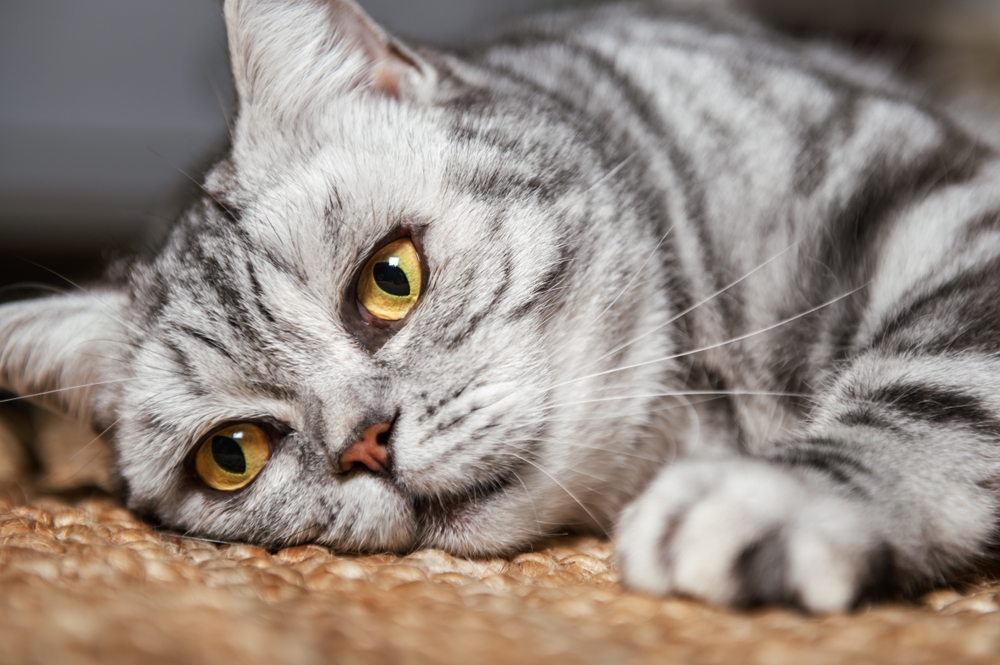
Formal Recognition of Tabby British Shorthairs
British Shorthairs were first formally recognized as a breed in the 1970s, with international recognition of the breed occurring by 1980.
- The CFA (Cat Fanciers Association) in May 1980
- TICA (The International Cat Association) in 1979
- GCCF (the Governing Council of the Cat Fancy) in 1971, where the grand champion of that year was a blue British Shorthair.

Top 5 Unique Facts About Tabby British Shorthairs
1. There Is More Than One Type of Tabby
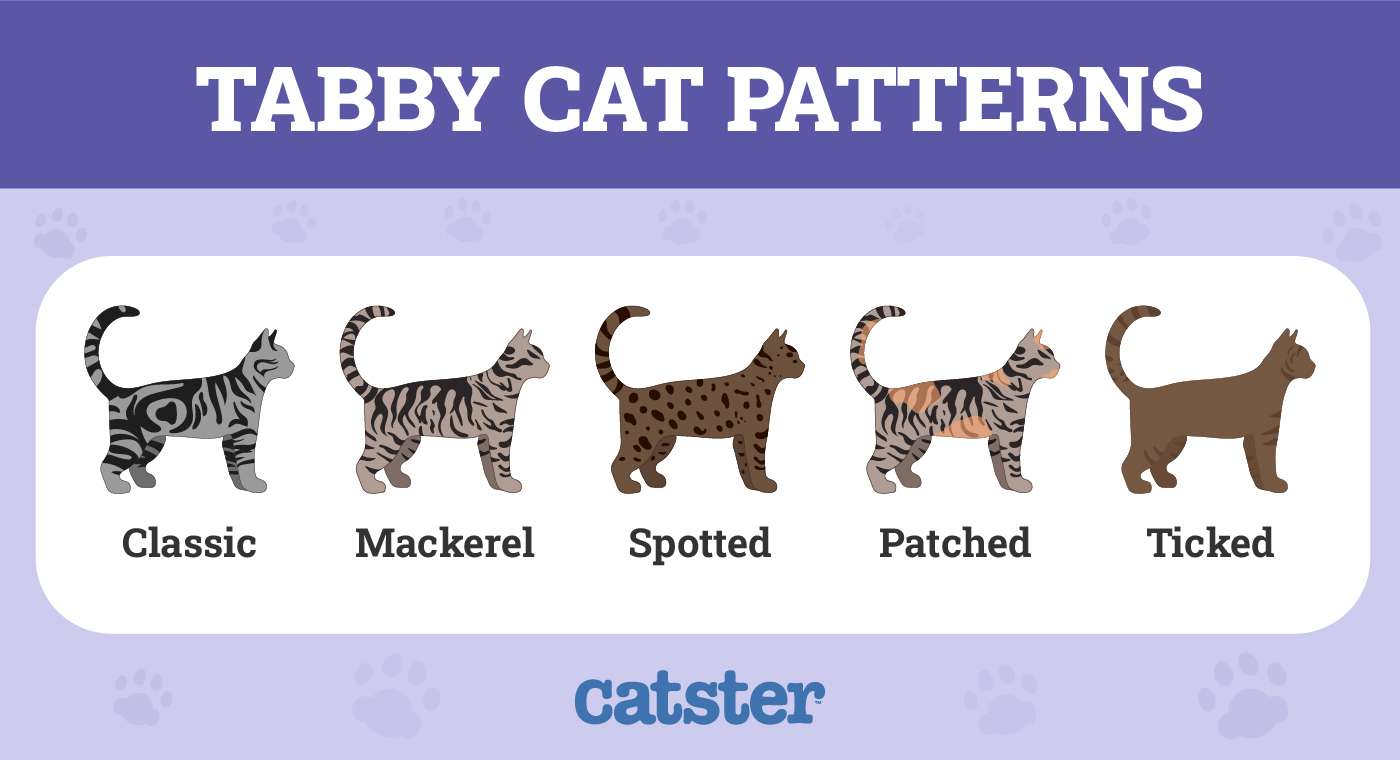
There are five types of tabby patterns displayed in British Shorthairs. They all look similar but have subtle differences.
- Classic Tabby: Swirls of thick black make up the classic tabby pattern, with the bands creating a “bullseye” target shape on their coat.
- Mackerel Tabby: Thinner bands of black stripe the coat, with rings of black seen on the tail and a black tail tip.
- Spotted Tabby: Bands of black spots along the body, sometimes merging into complete bands on the legs.
- Patched Tabby: Often referred to as a cross between a tabby ad a tortoiseshell, which has patches of tabby stripes and tortoiseshell patterns covering the coat. It can be dark brown, orange, or grey, all with tabby markings.
- Ticked Tabby: Diffuse dark and light fur bands on each hair shaft rather than the pronounced separate stripe on a classic or mackerel tabby.
2. There Are 10 Colors of Tabby in British Shorthairs
There are 10 colors in which tabby British Shorthairs can be seen, and all are accepted into cat-fancying clubs and shows. As long as the tabby markings are distinct with no white present, all of the following are accepted:
- Brown
- Chocolate
- Red
- Blue
- Cream
- Lilac
- Silver Black
- Silver Blue
- Silver Chocolate
- Silver Lilac
3. They Can Have All Eye Colors
When we think of tabby British Shorthairs, we think of blue cats with golden orange eyes. But there are many other eye colors that tabby British Shorthairs can have, including blue, copper, green, gold, amber, and the famous orange.
Orange eyes begin to develop at around 3 weeks, with a hazy brown being the first color change before the signature orange appears.
4. A Tabby British Shorthair Could Have Inspired the Cheshire Cat
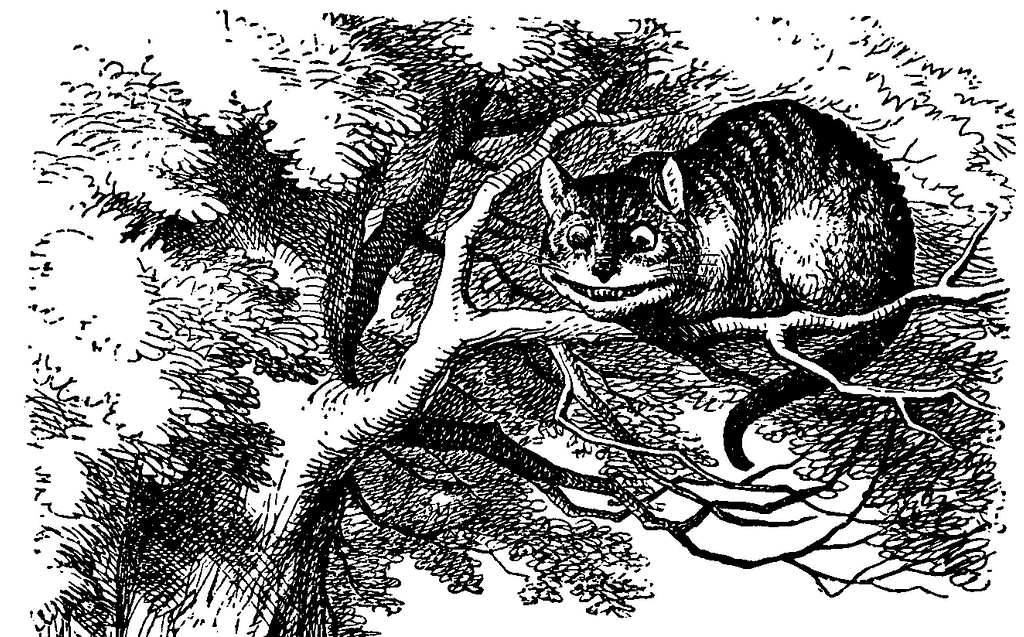
If you’ve read the famous book or seen the movie based on Lewis Carrol’s Alice in Wonderland, you’ll have seen the chubby-cheeked Cheshire Cat and may have wondered what inspired it.
Some suggest that a tabby British Shorthair cat shown to Carrol inspired the wide-grinned Cheshire Cat, and you can see why! They have the same cheeky grin and round eyes, meaning the tabby British Shorthair could be famous worldwide for its signature smile.
5. A Tabby British Short Hair Held a World Record
Smokey, the silver tabby British Shorthair, set the world record for the world’s loudest purr! Twelve-year-old Smokey set the record in 2011 with his purr, measuring 67.7 decibels, which is louder than some lawnmowers! Unfortunately, Smokey was dethroned in 2015 by a cat who managed a rumbling 67.8-decibel purr.

Do Tabby British Shorthairs Make a Good Pet?
British Shorthairs are the teddy bears of the cat world. They’re medium to large cats, with males being notably bigger than females; not all cat breeds have this much of a noticeable size difference. So, if you’re looking for a small cat, this might not be the breed for you!
They’re heavy-set despite their size, being prone to obesity because of their stockiness and tendency to chill out. Most tabby British Shorthairs are laid back and prefer to lounge rather than play, so keeping them engaged with exciting games and exercise is key to their health and well-being.
Tabby British Shorthairs are known for being clumsy, but they’re affectionate cats that love their owners and become attached to one person. They aren’t known for being clingy or lap cats. Instead, these easy-going cats are intelligent and calm and happy to live with other (cat-friendly) pets.
They have a thick, luscious coat, but it’s short and dense. Since it’s a single coat, they don’t need particularly stringent grooming. They’re healthy cats that aren’t prone to many troubling health concerns.

Conclusion
Tabby British Shorthairs are extraordinary cats that have an amazing history. They make good pets for those who want a laid-back cat who’s happy to lounge, and they have a wide variety of colors and tabby patterns to suit any taste.
With their long and shaky history, the British Shorthair has risen through the ranks to be one of the most popular cat breeds in both the UK and the US, and we can see why their sweet cheeks and wide eyes are so captivating.
See Also:
Featured Image Credit: Axel Bueckert, Shutterstock
